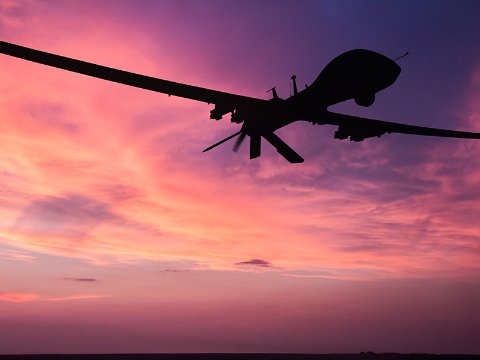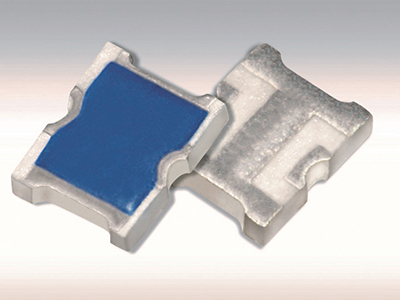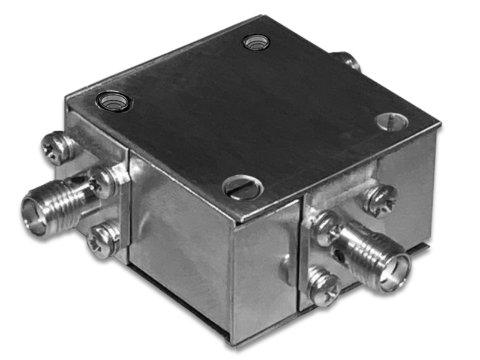- Ultraminiature triax connectors in threaded and quick disconnect formats
- Offered in straight, right angle, cable and PCB mount configurations
- Designed for numerous low loss twinaxial cables and concentric triax cables
- Featuring Sabritec technology
The triax connector line features our ultraminiature NDL connector in both the threaded (NDL-T) and quick disconnect (NDL-Q) versions. The series includes straight and right angle cable and PCB mount connectors and in-series and between series adapters. Cable mount connectors are designed for numerous low-loss twinaxial cables and concentric triaxial cables available in a variety of impedance values. These cables are designed for all types of data-bus and video interconnect systems including MIL-STD-1553B, ARINC 429, 100 Base-T, Ethernet, high speed video hot-link and FibreChannel data links.







